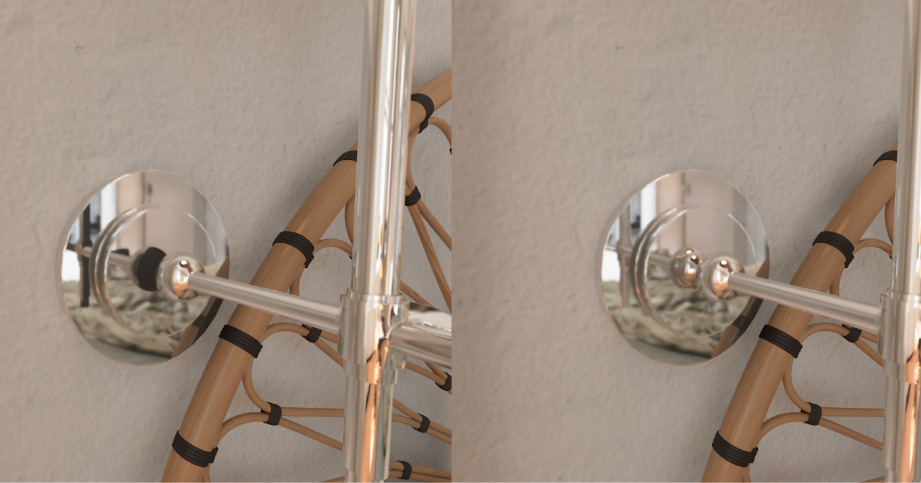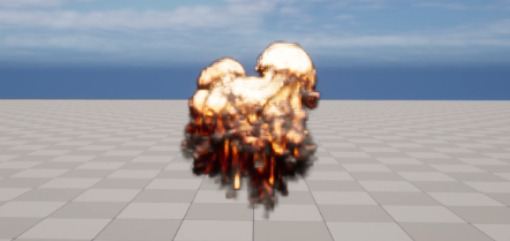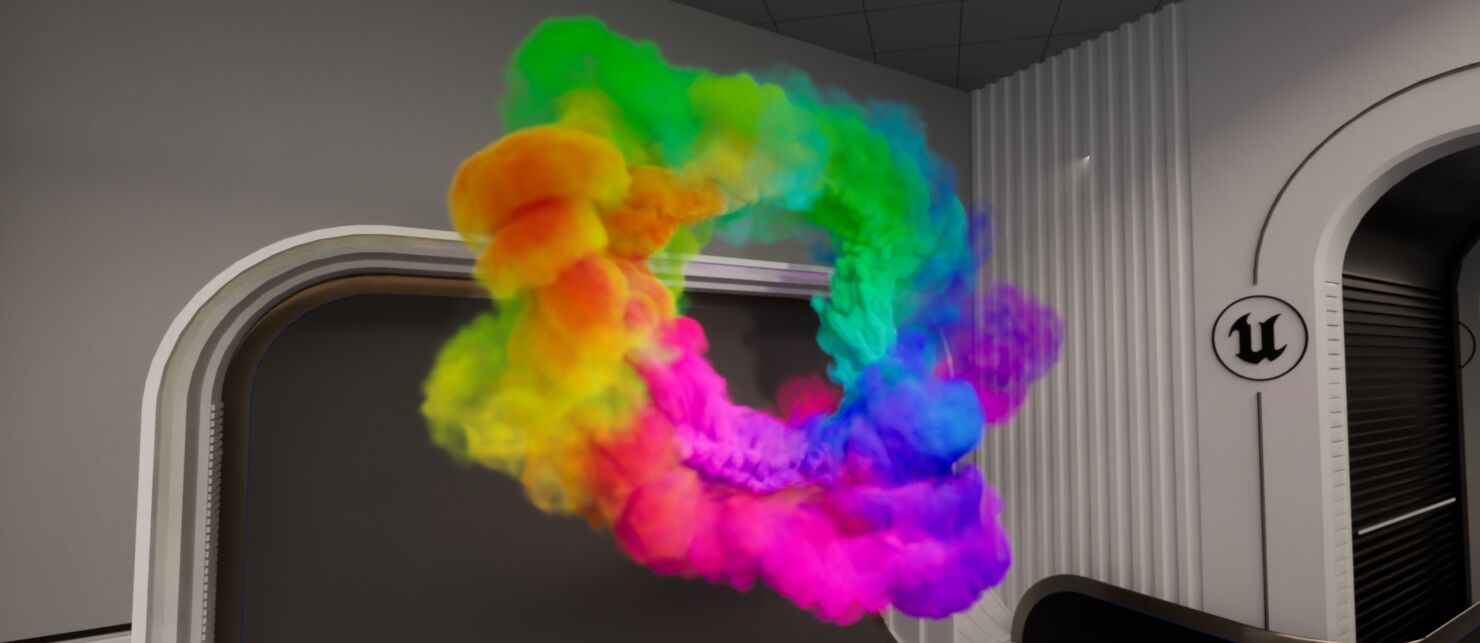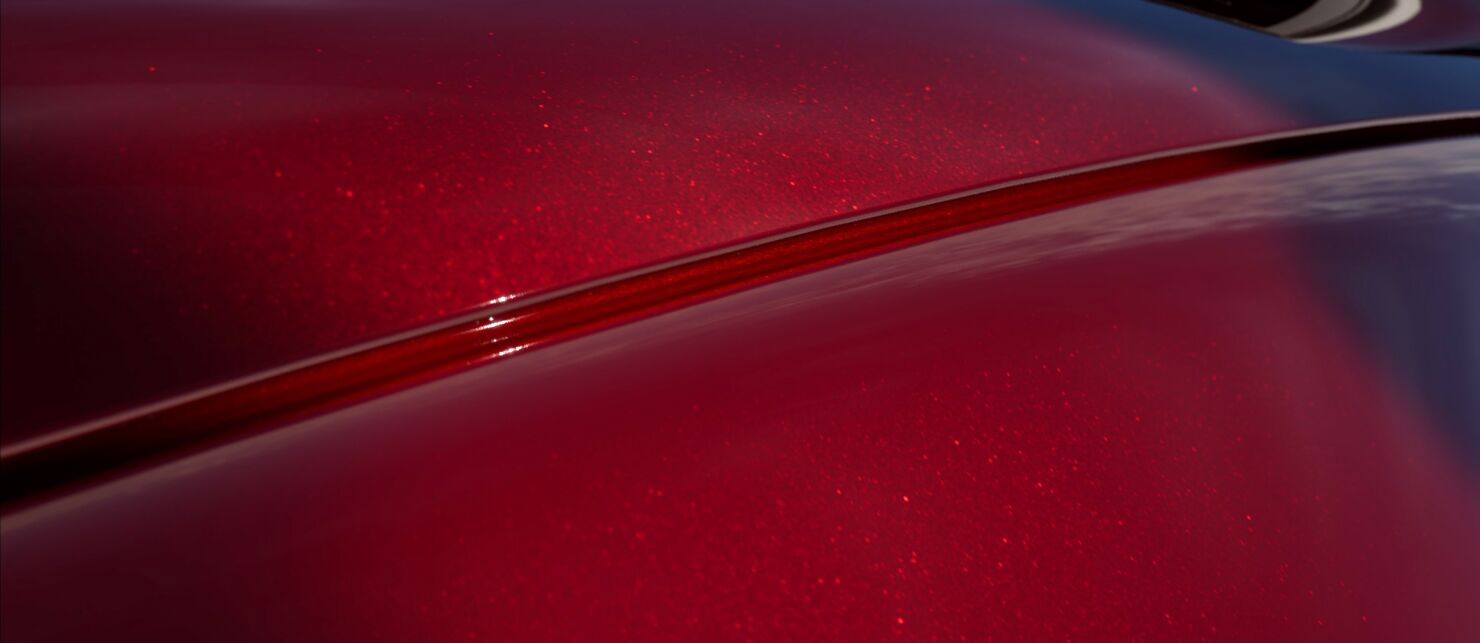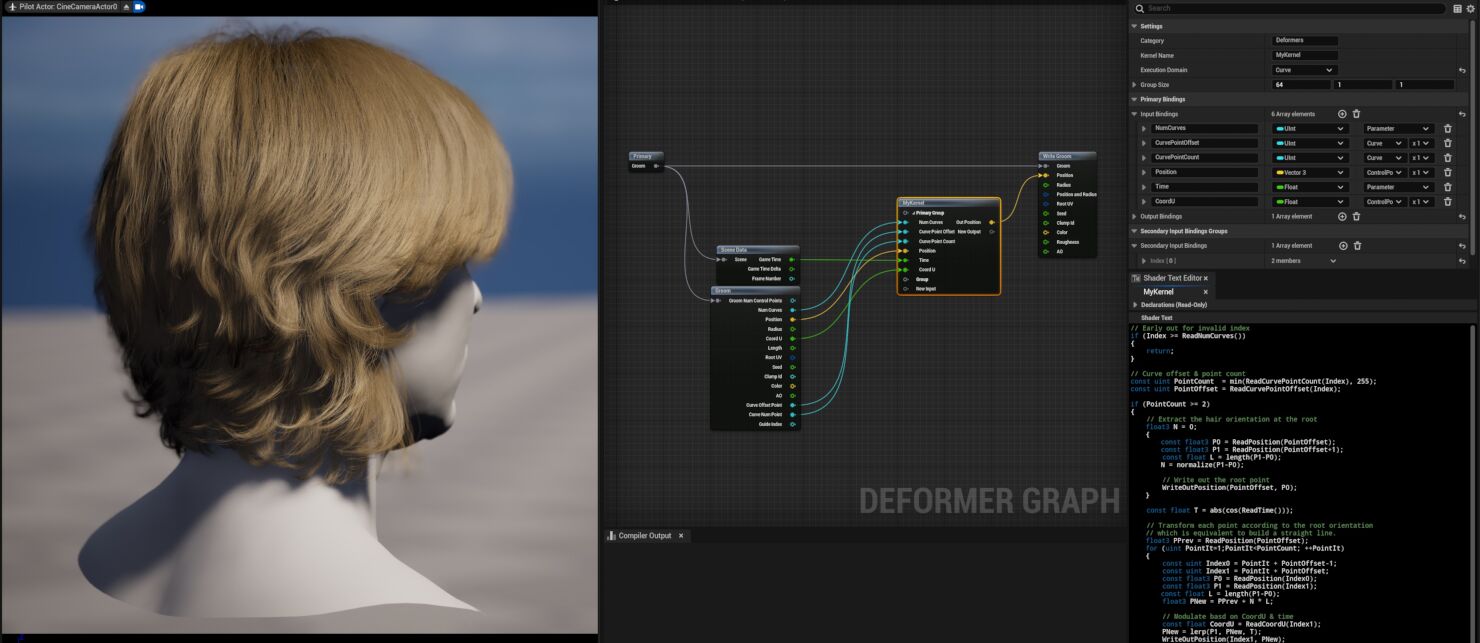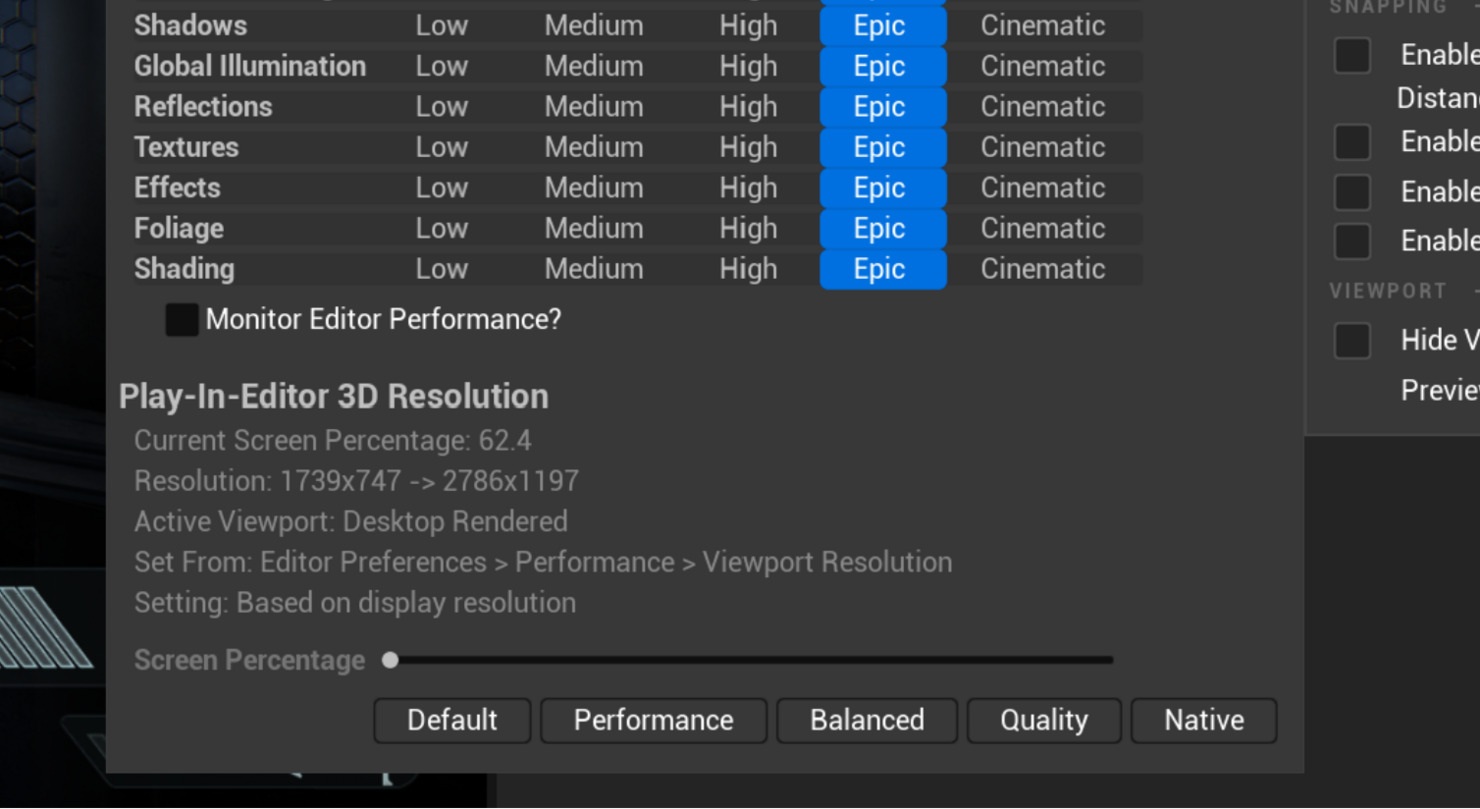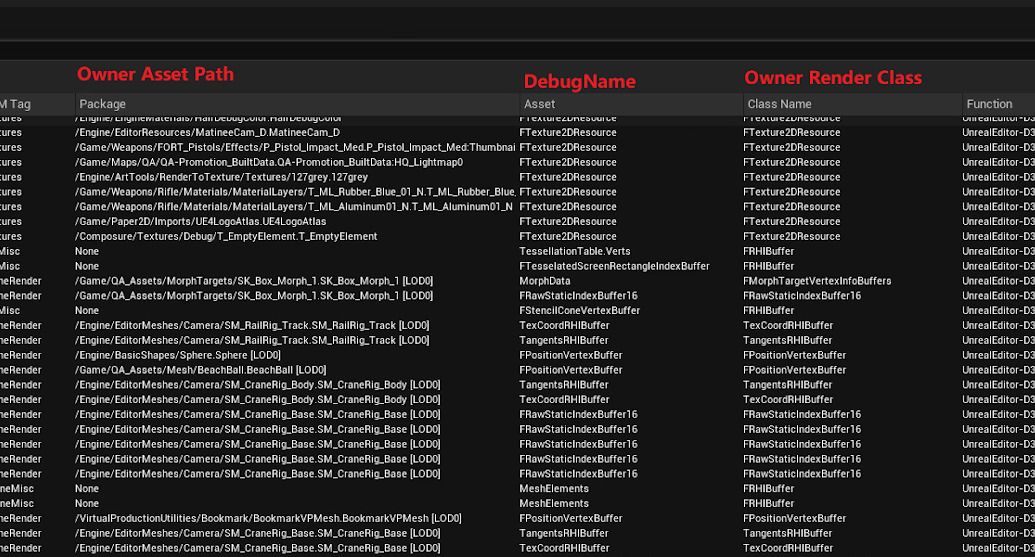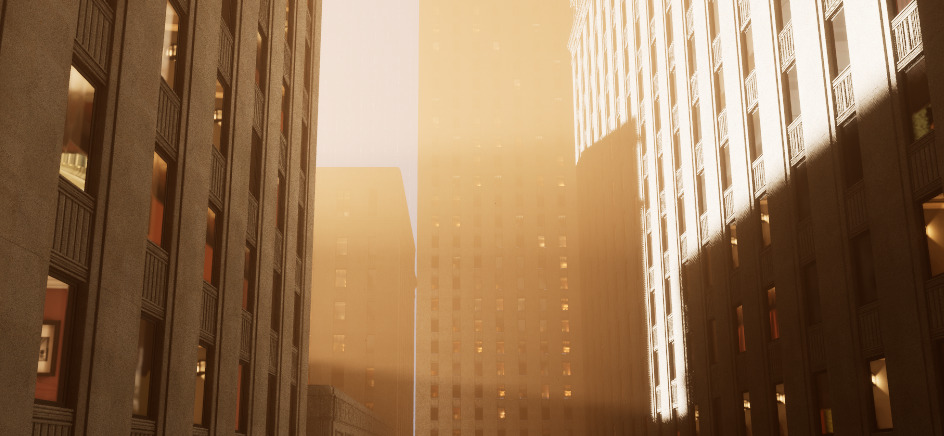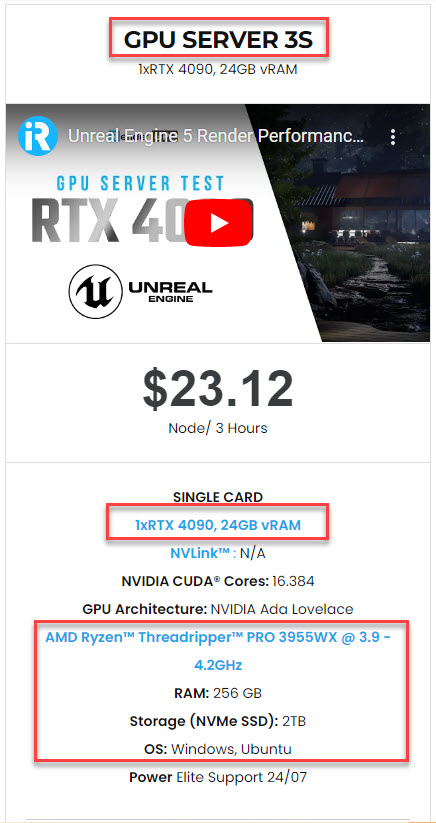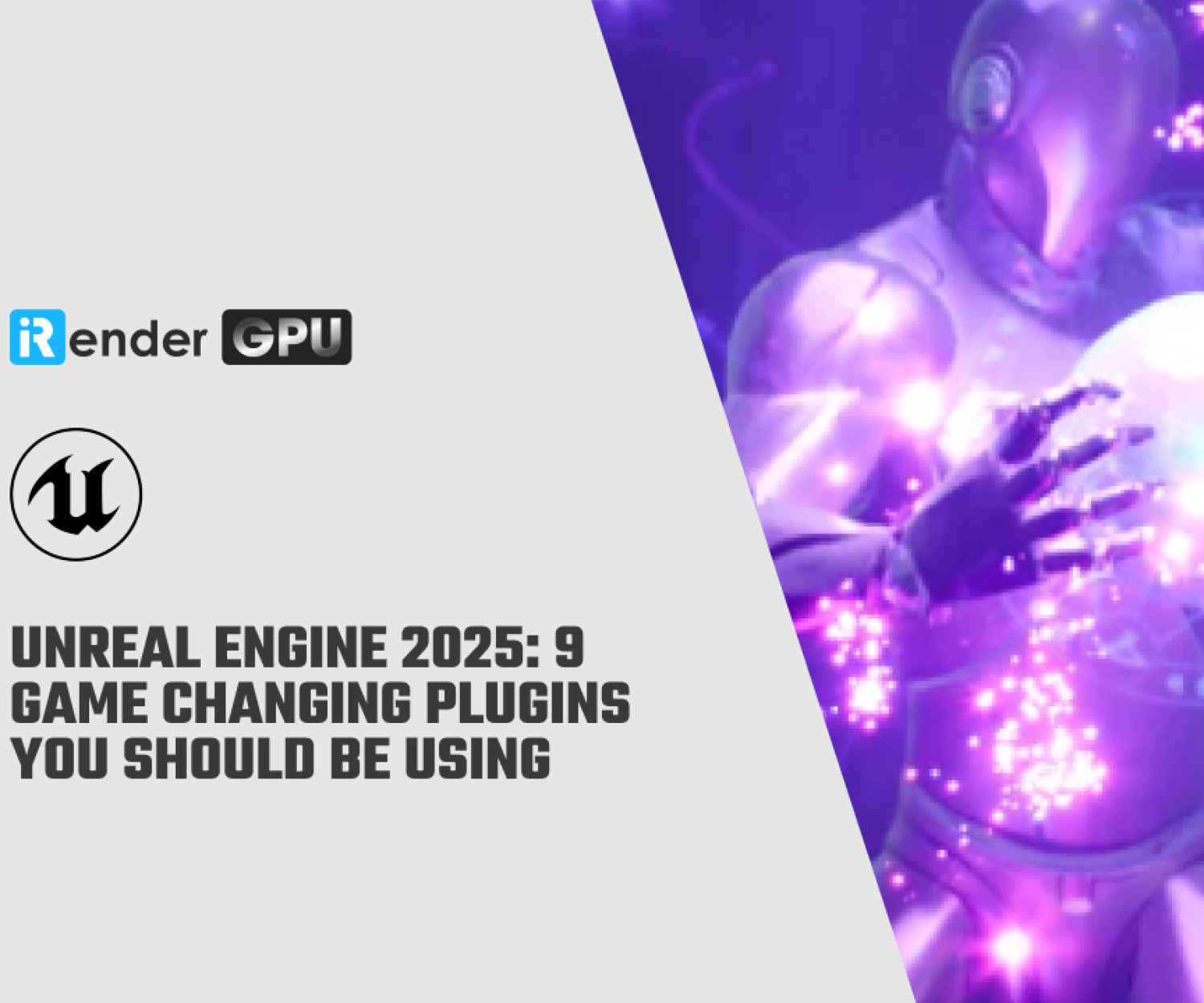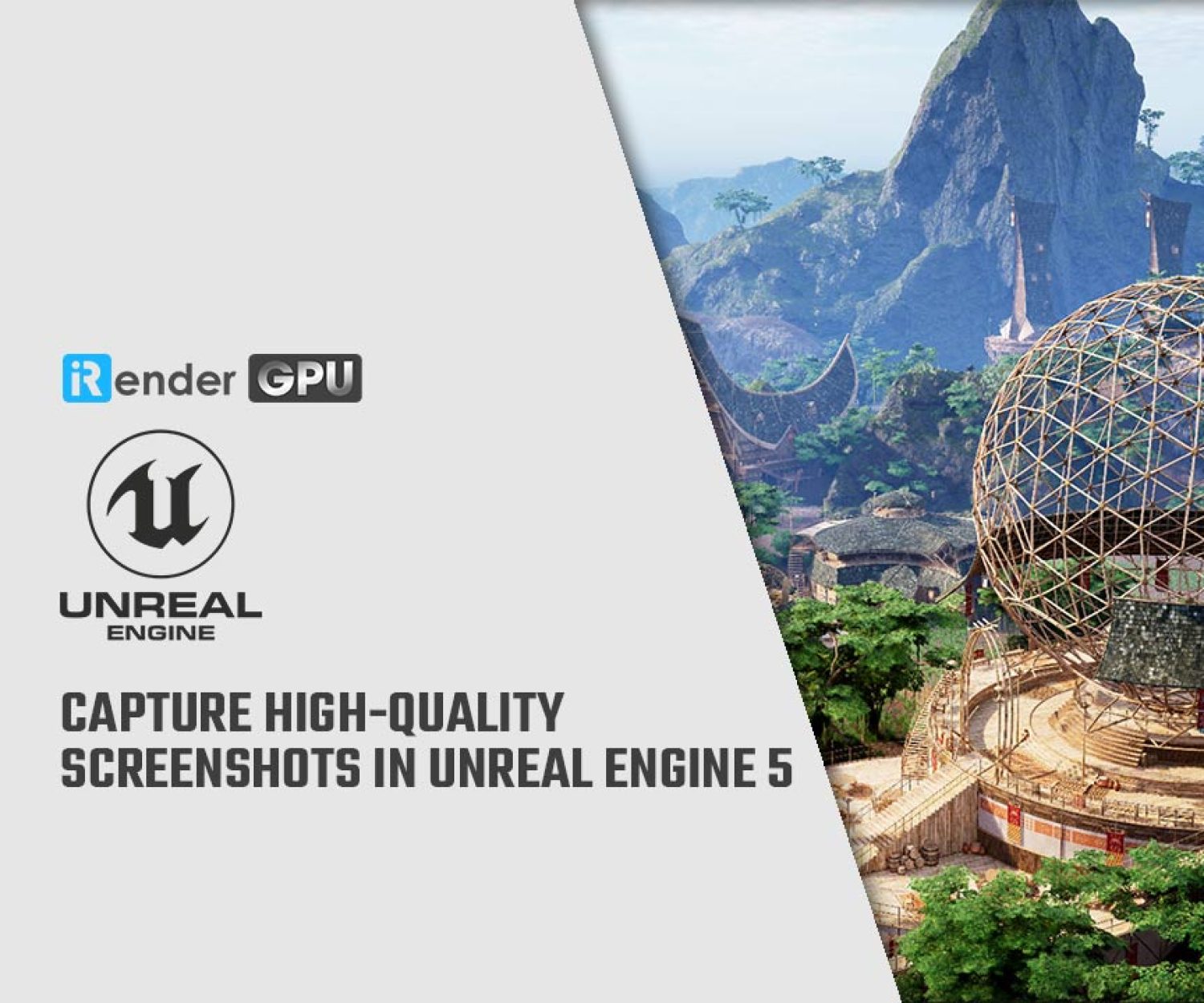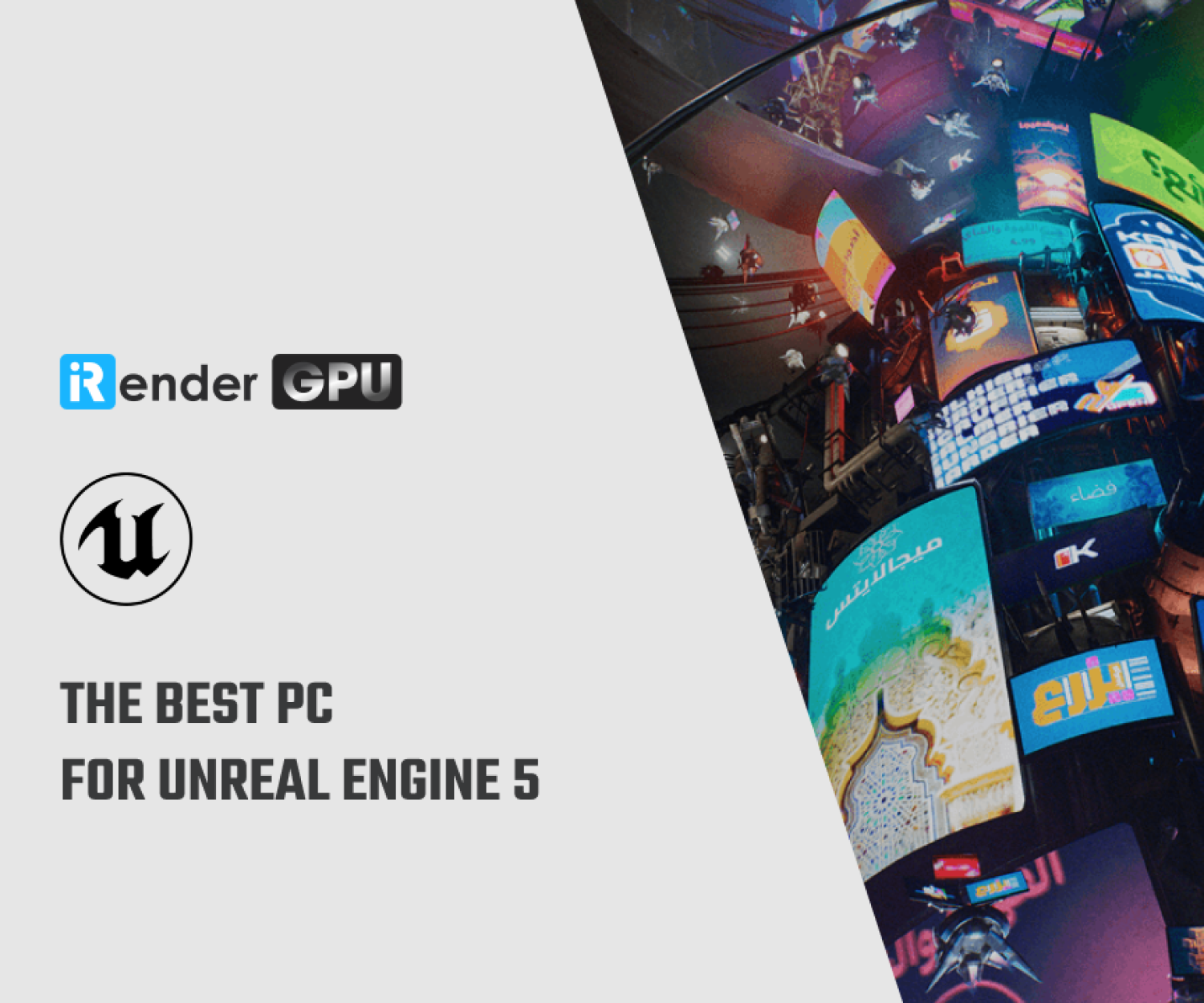Discover the Latest Rendering Features in Unreal Engine 5.3
Building upon the solid foundation of UE5, Unreal Engine 5.3 brings further improvement to its core toolset. In today’s article, we will discover the latest rendering features in UE 5.3 that make it a game-changer for developers and artists alike.
Nanite
Nanite in Unreal Engine 5.3 now supports explicit tangents in the data format and runtime. Previously, Nanite relied on implicitly derived tangent space from screen-space positions and UV gradients within the material. This approach offered computational convenience, minimized memory and disk usage, and worked well for highly tessellated meshes. However, it sometimes resulted in imprecise tangents, particularly for low-poly models, requiring custom per-vertex tangents for desired quality. To address this, users now have the option to store and utilize original model tangents on a per-asset basis. While enabling this feature increases memory and disk footprint by approximately 10%, it provides greater precision for cases that demand higher-quality tangents.
Nanite Spline Meshes: Unreal Engine 5.3 introduced an initial implementation of the spline mesh component for Nanite meshes. Enabling this feature can be done by setting r.Nanite.AllowSplineMeshes=1 in a settings .ini file. However, it is important to note that there is a performance cost associated with enabling this feature, specifically impacting the culling performance of Nanite as a whole. Additionally, there are known issues with incorrect culling under extreme deformation.
Improved Performance for Masked Materials and Pixel Depth Offset (PDO): The introduction of a new sliding window vertex cache for programmable rasterization has resulted in faster rendering of masked materials and PDO effects. Initial tests have shown a notable 20% improvement in speed for rasterization of masked foliage.
Nanite Selection Outline: Nanite object selections no longer flicker with TSR/TAA, and they are no longer occluded by other objects in the scene. Nanite object selections now accurately render at the final resolution.
Fallback Target Setting: A new Fallback Target setting has been introduced for Nanite static meshes. This setting offers more explicit control over the reduction process for the fallback mesh when needed. Users can now choose between two options: Relative Error or Percent Triangles.
Lumen
Lumen Reflections Enhancements: In Unreal Engine 5.3, Lumen Reflections have received several improvements to enhance their visual quality and flexibility. When hardware ray tracing is enabled with Hit Lighting, Lumen Reflections support more than one bounce. Setting the Max Reflection Bounces value to 2 or greater in the post-process volume can prevent black areas in reflections, provided there is sufficient performance available.
Lumen Reflections can now be utilized independently without requiring Lumen Global Illumination (GI). This allows games and applications that utilize static lighting to achieve higher-quality reflections beyond what reflection captures offer. However, note that Standalone Lumen Reflections only function when hardware ray tracing is enabled, and it automatically activates Hit Lighting. The surface cache optimization of Lumen GI is unavailable when Lumen GI is disabled.
Additionally, significant optimizations have been made for Lumen Hardware Ray Tracing. Notably, async compute for HWRT is now enabled by default on consoles, improving performance and efficiency. The Lumen Overview visualization mode now includes a display of the geometry normals of the Lumen Scene. This addition simplifies the identification of issues related to the global distance field (in the case of software ray tracing) or Nanite fallback meshes (in the case of HWRT).
Orthographic Rendering
Orthographic rendering has traditionally been used as a visualization technique in architecture, manufacturing, and games for its stylistic camera choice. While Unreal Engine has offered orthographic rendering as a camera option for some time, many rendering features were not compatible with it, making it impractical to use.
Starting in Unreal Engine 5.3, orthographic rendering is now supported on an experimental basis. Multiple areas of the engine have been updated to provide parity between orthographic and perspective projections. As a result, most modern UE5 features should now function as expected with orthographic rendering, such as Lumen, Nanite, and Shadows.
Sparse Volume Textures
Unreal Engine 5.3 has a new asset type called Sparse Volume Textures (SVTs) to store baked simulation data for volumetric effects like smoke, fire and water. SVTs can be imported from OpenVDB files created in other software and support both single files and animated sequences. Niagara fluids caches are now also stored internally as SVTs for improved performance and memory usage.
Like a regular volume texture, an SVT stores voxel data in a 3D structure that can be indexed with 3D UV coordinates. However, SVTs only allocate memory for regions containing meaningful data, allowing much larger volumes compared to dense textures using the same memory footprint.
Deferred rendering techniques such as heterogeneous volumes, volumetric clouds and fog can utilize SVTs via new sparse volume texture material nodes. Heterogeneous volume assets must now use the heterogeneous volume component. Deferred rendering capabilities remain the same for real-time volumes.
The experimental Path Tracer can now more accurately render volumes via scattering, shadows and global illumination. A simple SVT viewer is also available mainly for debugging with the Deferred Renderer.
Path Tracer
The Path Tracer now supports initial rendering of heterogeneous volumes like smoke, fire and clouds. These volumes can be created with Niagara Fluids or by a heterogeneous volume actor, with data from sparse volume textures. VDB files imported as SVTs can also be rendered in the Path Tracer. Nonetheless, Sky atmosphere clouds are not compatible yet.
Substrate materials are now supported for rendering subsurface scattering effects in the Path Tracer.
Subsurface scattering sampling has been improved, resulting in less noise for subsurface materials with the same number of ray samples.
The Path Tracer renders its own depth pass rather than using the rasterizer’s, providing a more accurate match to depth-reliant post-effects like Depth of Field. This does not affect “Reference Depth of Field”.
DBuffer Decal shading nodes in materials are also supported now, expanding on decal functionality since UE 5.0.
Post-process material buffers have extra outputs that are intended for use with the Path Tracer. These outputs can be accessed through a new node in the material graph called “Path Tracing Buffer Texture”. This node provides access to buffer data such as radiance, denoised radiance, albedo, normal maps, and variance.
Substrate
Substrate, introduced experimentally in UE 5.2, replaces the fixed shading models like Default Lit with a more customizable and modular framework. It offers a wider range of surface appearances and parameter flexibility. Performance scales are based on complexity and budget, with legacy materials having similar costs as before. Substrate remains experimental in Unreal Engine 5.3 and shouldn’t be used for production yet.
UE 5.3 includes improvements to Substrate’s capabilities, stability, and performance, including:
-
-
- New Glints and Specular Profile features, mainly for automotive uses.
- Enhanced support for DBuffer shading nodes.
- A new Fuzz model for high-spec surfaces.
- The Substrate material info tab in the editor now better displays performance and topology details.
- Various bug fixes and optimizations have been implemented.
-
Hair
Groom and groom binding assets now support streaming to load only what is needed, lowering CPU/GPU memory usage of groom assets, and improving loading times in editor and in games.
Continuous LOD was added to improve groom performance by scaling details based on screen coverage. It is disabled by default but can be enabled with r.HairStrands.ContinuousLOD.
Experimental support for hair strands in the Deformer graph allows writing custom attributes, opening possibilities for runtime groom changes via the graph. This is early in development.
Groom attributes were reworked to be more flexible and easier to add new optional ones. Two new attributes were added – clumpID and AO. Numerical attribute values can now be visualized in the groom editor for easier inspection.
During import, point/curve limits are reported and data is trimmed accordingly. Imported attributes are now clearly displayed at import time and in the groom editor.
Temporal Super Resolution (TSR)
New automated functionality controls screen percentage in games when dynamic resolution is disabled (mainly on PC). The default heuristic sets the percentage based on optimal TSR convergence for screen pixel count. This should reduce user experimentation to find the best settings.
The editor received additional UX features to aid in understanding and controlling screen percentage behavior in the editor and PIE viewports.
Initial support was added for 16-bit operations on desktop GPUs where hardware supported, including Radeon RX 5000 series and newer.
A fix addressed an inconsistency between TAA and TSR relating to Lumen screen-space tracing of emissive surfaces.
Render Resource Viewer
The Render Resource Viewer, which was introduced in UE 5.2, provides full visibility into GPU memory allocations and render resources like vertex/index buffers. It shows which game assets these resources come from, such as static and skeletal meshes. This gives artists and developers the information needed to optimize GPU memory usage and stay within rendering budgets.
In Unreal Engine 5.3, you can now select a render buffer/texture in the viewer and navigate directly to its source asset in the Content Browser.
Insight Memory Trace now tracks DX12 resources, and Insight Metadata Trace tracks resource owner paths similarly to the Render Resource Viewer. These features complement the viewer by allowing resource path, name and owner tracking in packaged builds, which the viewer only supports in the editor.
Lighting
Lights with ray-traced shadows now optionally cast shadows through volumetric fog as well. This can be enabled via the console variable r.VolumetricFog.InjectRaytracedLights, which is off by default due to performance impacts.
Spot, Point, and Rect lights now have the ability to set their intensity units to “EV” or exposure value. This allows intensities to be specified in relative “stops” or powers of two increments rather than a linear scale.
That’s all about rendering features in UE5.3. Overall, this version represents significant strides toward enhanced visual fidelity, flexibility and efficiency as the engine works toward more production-ready offerings in upcoming versions.
iRender - The best render farm for Unreal Engine 5
We offer a single RTX 4090 machine for faster rendering in Unreal Engine. Built with a powerful AMD Ryzen™ Threadripper™ PRO 3955WX CPU, 256GB RAM, and 2TB NVMe SSD storage, this machine can handle even the most demanding Unreal Engine scenes. You can use Unreal Engine, its plugins, and/or any other software of any version on our machine. We treat your rented machines like your personal workstations – no restrictions apply.
iRender allows users to use many servers on one account. Therefore, for big projects having tight deadlines and needing faster rendering, you can use multiple machines simultaneously just like using multiple independent computers.
Let’s see how our single RTX 4090 machine helps speed up Unreal Engine 5 rendering:
iRender – Thank You & Happy Rendering!
Reference sources: unrealengine.com
Related Posts
The latest creative news from Unreal Engine Cloud rendering.


